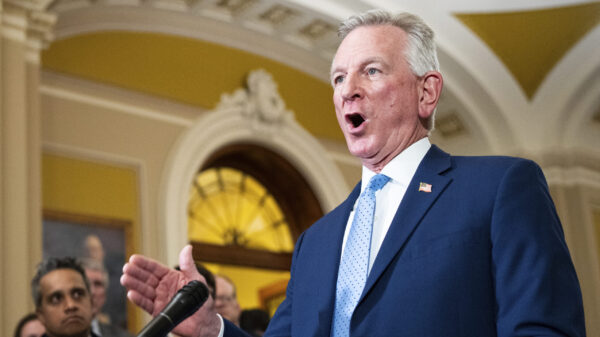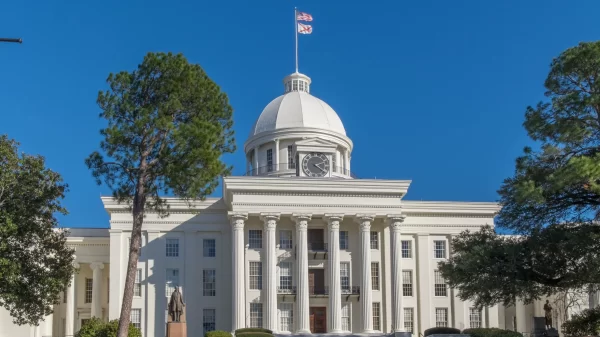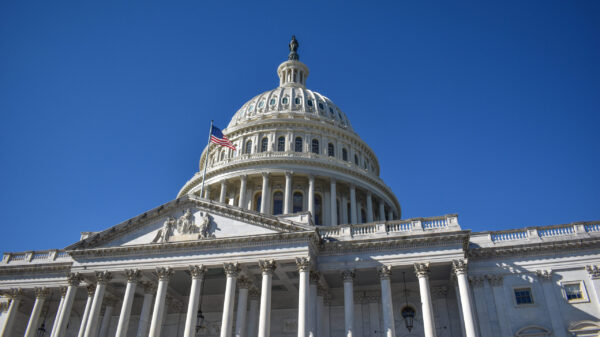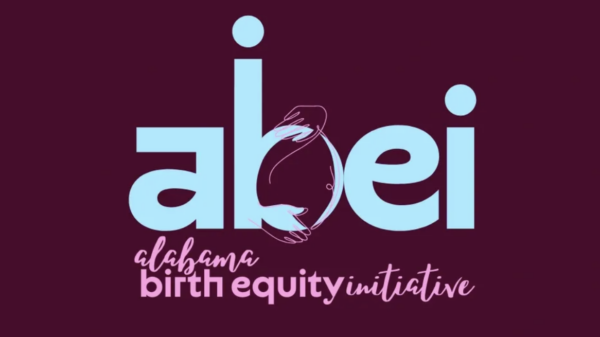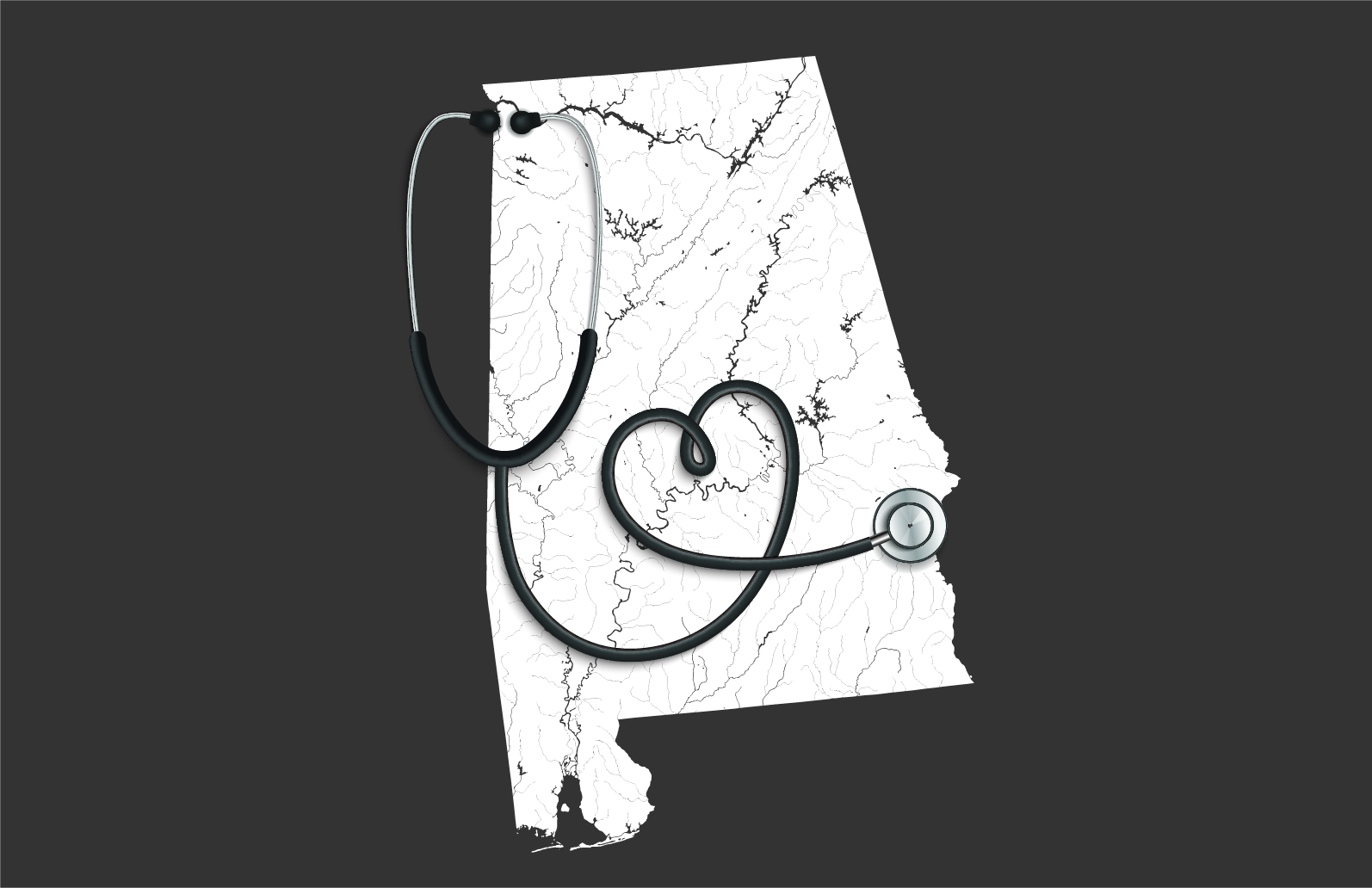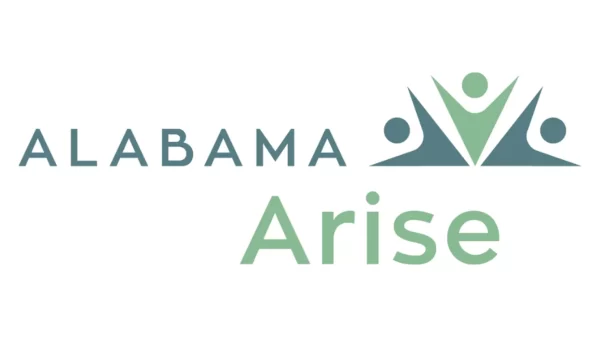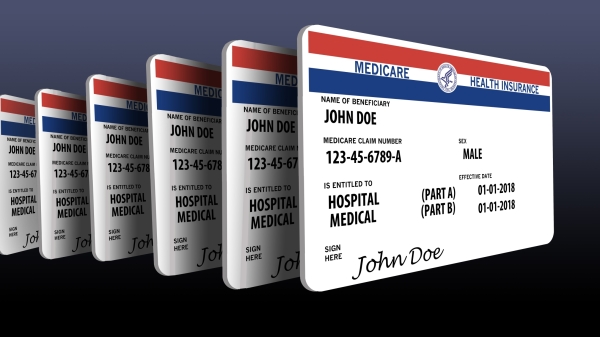The U.S. House recently passed the “One Big Beautiful Bill Act,” a sweeping measure championed by President Donald Trump and House Republicans to reduce federal spending and rein in what they call “entitlement excess.” But behind the rhetoric lies a set of deep cuts that would significantly reshape Medicaid, particularly in states like Alabama, where rural communities rely heavily on federal health care funding.
According to new estimates from KFF, formerly the Kaiser Family Foundation, the bill would reduce federal Medicaid spending by $723 billion over the next 10 years. That total comes after accounting for certain interactions and adjustments, the raw figure is $791 billion.
Nearly 85 percent of those reductions come from five core provisions: mandating work and reporting requirements, repealing streamlined eligibility processes, restricting provider tax mechanisms, revising payment rules and more frequent re-checks of eligibility for people who gained coverage through the Affordable Care Act’s Medicaid expansion.
These changes would disproportionately affect states that adopted the ACA expansion, with $357 billion in cuts limited to those states alone, but even non-expansion states like Alabama aren’t spared. The state is projected to see a 5 percent reduction in federal Medicaid funding, about $3.6 billion over a decade, and a 4 percent drop in enrollment. According to the Congressional Budget Office, that would translate into roughly 47,000 Alabamians losing Medicaid coverage by 2034.
According to a new PARCA report, the financial strain would ripple through Alabama’s fragile health care infrastructure. Medicaid funded care for approximately 44.7 percent of all births in Alabama in 2023. In some counties like Wilcox, the rate was as high as 78.6 percent. In rural counties, Medicaid has become not just a health lifeline but a critical economic engine.
Georgetown University’s McCourt School for Public Policy found that nearly half of Alabama’s rural children were enrolled in Medicaid or CHIP in 2023, putting Alabama at the 12th highest percentage in the country.
Meanwhile, nursing homes and hospitals, especially in rural areas, are heavily reliant on federal health care dollars. Medicare covered 63 percent of Alabama’s certified nursing facility residents, with Medicaid paying for another 13 percent. Only 24 percent of long-term care was covered by private sources.
For Alabama’s 80 hospitals, which operated with thin margins of just 2.9% in 2023, cuts to Medicaid could be devastating. Nationally, 44 percent of rural hospitals already operate in the red. That number jumps to 53 percent in states that didn’t expand Medicaid, like Alabama. Even slight reductions in Medicaid reimbursements could lead to closures, leaving rural residents with fewer options and longer travel times for care.
In Alabama, federal transfer payments, which include Medicaid, Medicare, Social Security and unemployment benefits, total more than $60 billion annually; the loss of any significant portion could have larger economic impacts.
Even as the legislature took modest steps to expand prenatal coverage this year with SB102, that expansion relies on federal matching funds, the funds that Trump’s bill puts in jeopardy.
While supporters of the bill claim it will reduce dependency and promote work, it fails to account for barriers like limited job opportunities, especially in rural areas where 42 percent of Alabamians reside, and federal programs have long filled the gaps left by economic decline.





